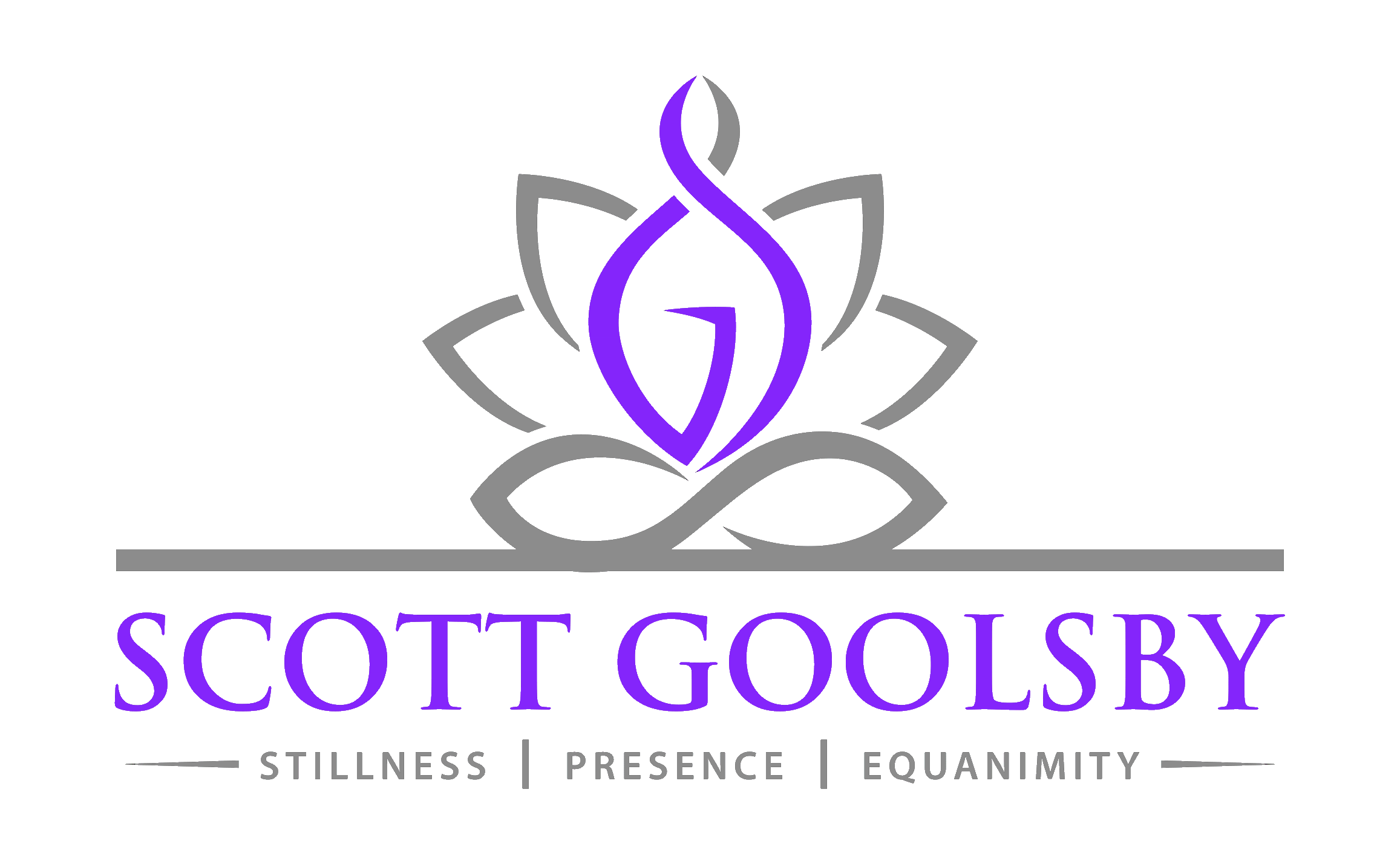A rampant situation in our world is that of ceasing to see another human being as an equal, as a fellow human focusing on their differences rather than our similarities. In so doing, we see them as “other”. In our reality, we turn this person into an enemy. They practice a different religion, eat different food, see the world in a different way, so they are not the same as us. They are less than us, thereby undeserving of our utmost love, attention, and compassion. Sometimes this occurs nearby, in our neighborhoods and towns. We have enmity towards the Jewish neighbor because he doesn’t celebrate Christmas or the Muslim woman in the apartment next door is somehow inferior because she wears a hijab and refrains from eating pork. Often, this hate is directed outside our borders, far away, to those we haven’t even met. Our knowledge of them is second hand, fed to us by our media. We are told to hate them because our worlds are far too different for there to ever be accord. Because of this, we go to war. We kill, innocents and warriors alike. Civilizations are destroyed under the guise of protection and freedom, so that ultimately avaricious corporations can increase their wealth. Sometimes it becomes so intense and difficult to deal with that watching the news brings us sorrow and tears to our hearts. Reading the newspaper makes us want to check out of the current social paradigm, to go somewhere untouched by this discord.
How and where can we repair this erroneous mindset in which we see others as others, making them enemies instead of friends? How can we see the Muslims across the ocean as fellow humans equally worthy of love and respect as we are ourselves? How can we not laugh at and judge Hindus because they treat the cow as a sacred object? We can begin by stopping this practice of othering?
We can stop seeing our differences and recognize that we are all intrinsically interconnected. We all need each other to exist in this world. We need to recognize our inherent humanity, we need to recognize that we are all desiring of freedom from hurt, pain, and fear. We are all human. We all breathe. We all bleed. And we all have the capacity for love and greatness. We are all doing the best we can in the situations we are in with the mental, spiritual, and material capcities we have available to us at the time. Let’s bring this propensity of ours to see the differences between one anothter to the light of consciousness so that we can examine its falseness and see the damage it causes to our societies and planet. Let’s replace this ugly tendency with our inherent gifts of adoration and trust so that we may see the beauty and power within ourselves and the rest of the world.
